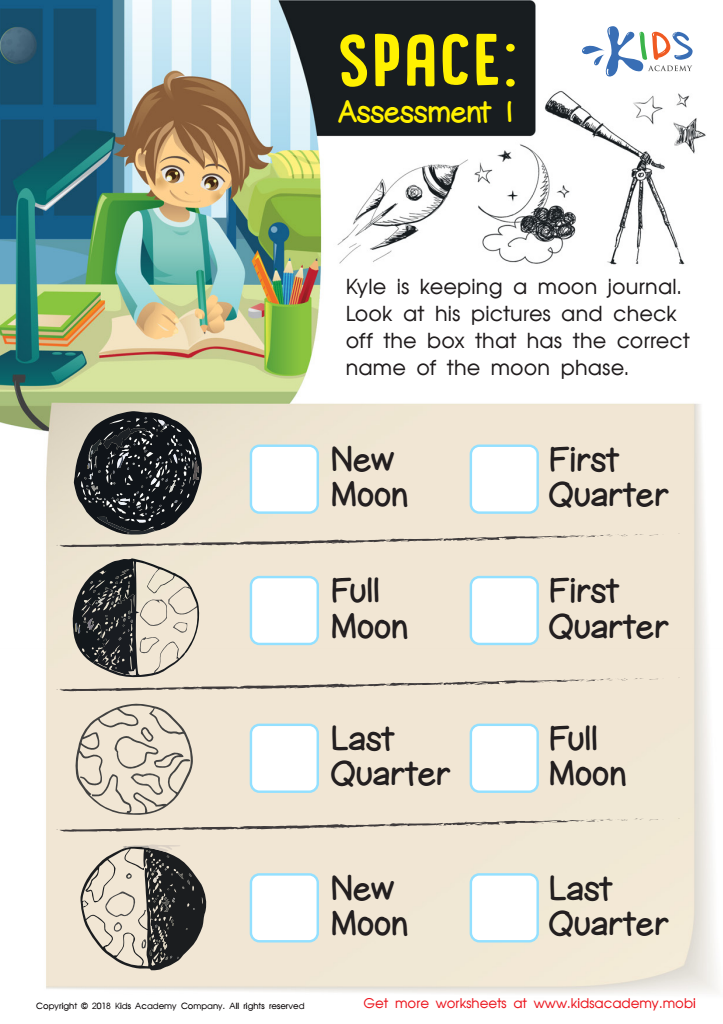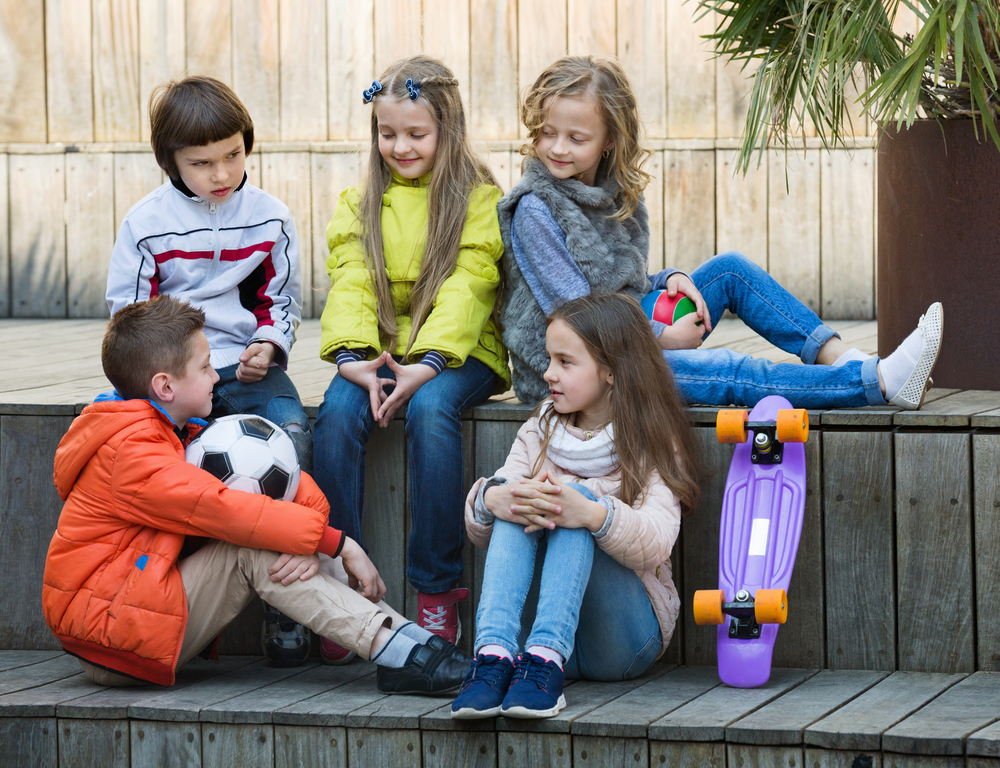Learning animal characteristics Worksheets for Kids
1 filtered results
-
From - To


Space: Assessment 1 Worksheet
Question/Answer
How to test a Grade 1 student’s Learning animal characteristics skills?
To test a Grade 1 student's learning of animal characteristics, use a mix of observation, matching activities, and simple questioning. Show them pictures of animals and ask them to identify and describe basic characteristics such as size, color, habitat, and what they eat. Use real-life examples or toys for a hands-on learning experience, enhancing their understanding and recall.
Why is the Learning animal characteristics skill important for Grade 1 students?
Learning animal characteristics in Grade 1 is important because it helps students develop foundational scientific knowledge, enhances their observational skills, and fosters curiosity about the natural world. This understanding also aids in categorization and comparison skills, essential for cognitive development. Moreover, it builds empathy towards animals and promotes environmental awareness from a young age.
What are some effective activities to train students’ Learning animal characteristics skill when teaching them about Space?
To train students on learning animal characteristics in a space context, use activities such as comparing Earth animals to hypothetical alien life forms, creating alien animals with adaptations to different planetary environments, and classifying animals and aliens based on characteristics. These activities foster creativity while reinforcing the understanding of animal adaptations and characteristics in an engaging, space-themed setting.
 Assign to the classroom
Assign to the classroom












